Intro
Identify 5 flu symptoms, including fever, cough, and fatigue, to understand the common cold and influenza virus, and learn about prevention and treatment options for respiratory illnesses.
The common cold and flu are two of the most prevalent illnesses that affect people of all ages, backgrounds, and geographic locations. These respiratory infections can cause a significant amount of discomfort, disrupt daily life, and even lead to more severe complications, especially in vulnerable populations such as the elderly, young children, and those with compromised immune systems. Understanding the symptoms, causes, and treatment options for the flu is crucial for maintaining good health and preventing the spread of this contagious illness. The flu, also known as influenza, is a highly infectious respiratory disease caused by the influenza virus. It can cause mild to severe illness, and in some cases, it can lead to hospitalization or even death. Recognizing the symptoms of the flu is essential for seeking medical attention promptly and preventing potential complications.
The flu season typically runs from October to May, with the peak months being December, January, and February. During this time, the flu virus is more prevalent, and the risk of infection is higher. However, it's essential to note that the flu can occur at any time of the year, and it's crucial to be aware of the symptoms and take preventive measures to avoid infection. One of the most effective ways to prevent the flu is by getting vaccinated annually. The flu vaccine is designed to protect against the most common strains of the flu virus, and it's typically available in the fall. Additionally, practicing good hygiene, such as washing hands frequently, avoiding close contact with people who are sick, and avoiding touching the eyes, nose, and mouth, can help reduce the risk of infection.
Flu symptoms can vary from person to person, but there are several common symptoms that are typically associated with the illness. These symptoms can range from mild to severe and can include fever, cough, sore throat, runny or stuffy nose, body aches, headache, fatigue, and diarrhea or vomiting. In severe cases, the flu can cause pneumonia, bronchitis, sinus and ear infections, and even death. It's essential to seek medical attention if symptoms persist or worsen over time. Early treatment can help alleviate symptoms, reduce the risk of complications, and prevent the spread of the illness to others.
Understanding Flu Symptoms
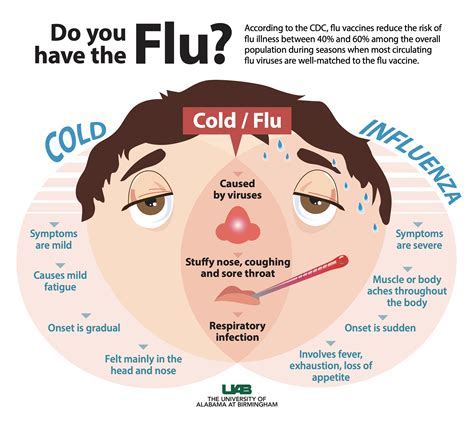
Types of Flu Symptoms
The flu can cause a range of symptoms, from mild to severe. Some people may experience only a few symptoms, while others may experience a more severe illness. The most common types of flu symptoms include: * Respiratory symptoms: cough, sore throat, runny or stuffy nose * Systemic symptoms: fever, chills, body aches, headache, fatigue * Gastrointestinal symptoms: diarrhea, vomiting, nausea * Other symptoms: ear pain, sore throat, feeling extremely tiredCauses of Flu Symptoms
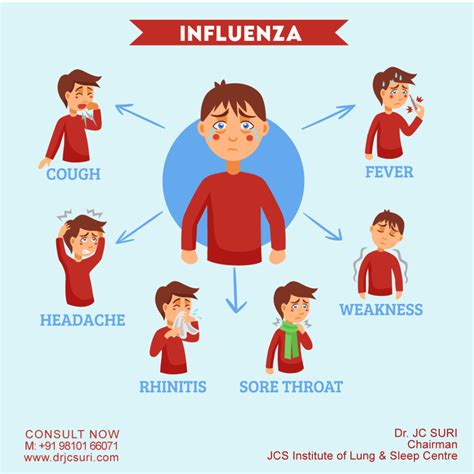
Risk Factors for Flu Symptoms
Some people are at a higher risk of developing severe flu symptoms, including: * Older adults: people 65 years and older * Young children: children under the age of 5 * Pregnant women: women who are pregnant or up to two weeks postpartum * People with certain chronic health conditions: people with heart disease, lung disease, or diabetes * People with weakened immune systems: people with HIV/AIDS, cancer, or taking immunosuppressive medicationsTreatment Options for Flu Symptoms
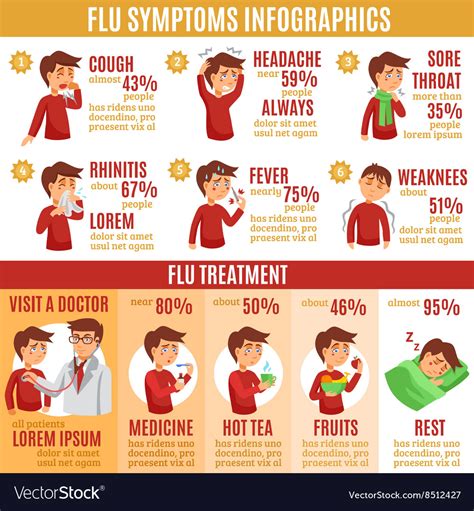
Prevention Strategies for Flu Symptoms
Preventing the flu is crucial for maintaining good health and preventing the spread of the illness. Some effective prevention strategies include: * Getting vaccinated: getting an annual flu vaccine is the most effective way to prevent the flu * Practicing good hygiene: washing hands frequently, avoiding close contact with people who are sick, and avoiding touching the eyes, nose, and mouth * Avoiding close contact: avoiding close contact with people who are sick can help prevent the spread of the flu * Staying home: staying home from work or school when sick can help prevent the spread of the fluComplications of Flu Symptoms
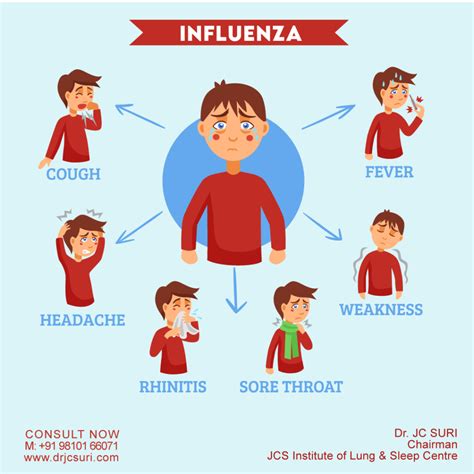
Recognizing Complications of Flu Symptoms
Some common complications of the flu include: * Pneumonia: a bacterial infection that can cause cough, fever, and difficulty breathing * Bronchitis: a viral or bacterial infection that can cause cough, fever, and difficulty breathing * Sinus and ear infections: bacterial or viral infections that can cause pain, pressure, and discharge * Death: in severe cases, the flu can lead to death, especially in people who are at a higher risk of developing severe flu symptomsSeeking Medical Attention for Flu Symptoms
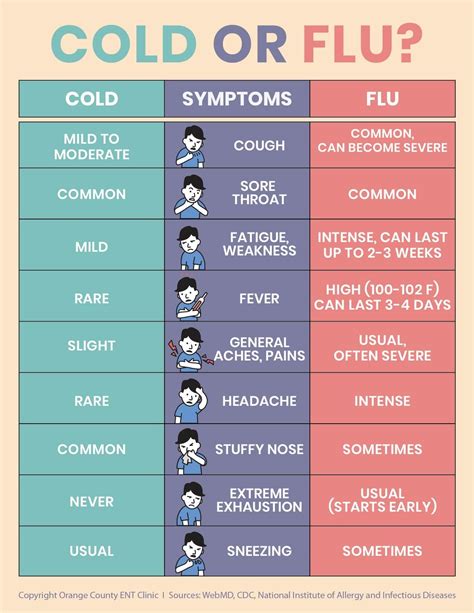
When to Seek Medical Attention for Flu Symptoms
Some common reasons to seek medical attention for the flu include: * Severe symptoms: if symptoms are severe or worsening over time * Difficulty breathing: if experiencing difficulty breathing or shortness of breath * Chest pain: if experiencing chest pain or pressure * Fever: if experiencing a fever over 103°F (39.4°C) * Vomiting: if experiencing vomiting or diarrhea that lasts for more than 2 daysWhat are the most common symptoms of the flu?
+The most common symptoms of the flu include fever, cough, sore throat, runny or stuffy nose, body aches, headache, fatigue, and diarrhea or vomiting.
How is the flu spread?
+The flu is spread through the air when an infected person talks, coughs, or sneezes, or by touching surfaces that have been contaminated with the virus.
What is the best way to prevent the flu?
+The best way to prevent the flu is by getting vaccinated annually and practicing good hygiene, such as washing hands frequently and avoiding close contact with people who are sick.
What are the complications of the flu?
+The complications of the flu include pneumonia, bronchitis, sinus and ear infections, and even death, especially in people who are at a higher risk of developing severe flu symptoms.
When should I seek medical attention for the flu?
+You should seek medical attention if symptoms persist or worsen over time, or if you experience severe symptoms, such as difficulty breathing, chest pain, or fever over 103°F (39.4°C).
We hope this article has provided you with a comprehensive understanding of the flu and its symptoms. If you have any further questions or concerns, please don't hesitate to reach out to a healthcare professional. In the meantime, we encourage you to share this article with friends and family to help spread awareness about the importance of flu prevention and treatment. Remember, getting vaccinated and practicing good hygiene are the best ways to prevent the flu and protect yourself and others from this contagious illness. By working together, we can reduce the spread of the flu and maintain good health throughout the year.
